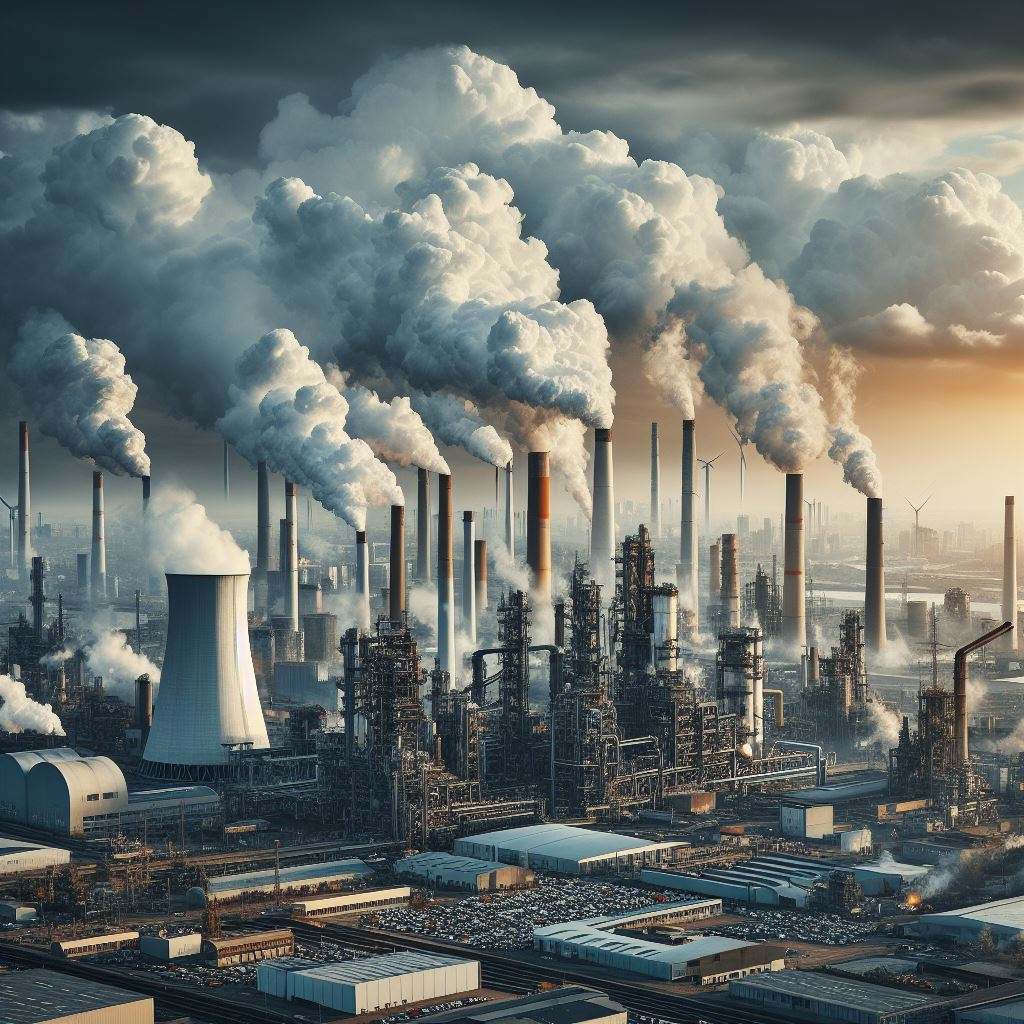According to the EEA analysis, the costs associated with air pollution from Europe’s largest industrial plants remain substantial, averaging between EUR 268 to EUR 428 billion annually.
The European Environment Agency (EEA) has unveiled the latest findings on the externalities of industrial air pollution, shedding light on the environmental and health costs stemming from the 10,000 largest facilities in Europe. Covering the period from 2012 to 2021, the report presents a comprehensive analysis of pollutant releases and transfers, showcasing both the progress made and the challenges that lie ahead.
According to the EEA analysis, the costs associated with air pollution from Europe’s largest industrial plants remain substantial, averaging between EUR 268 to EUR 428 billion annually. Shockingly, in 2021, these costs accounted for approximately 2% of the European Union’s Gross Domestic Product (GDP). Even more alarming is the revelation that just 1% of the most polluting industrial facilities, including many coal power plants, were responsible for half of the total damage.
However, the report also delivers a ray of hope by indicating a notable decrease of 33% in environmental and health costs from 2012 to 2021. The EU energy sector has played a pivotal role in this positive trend, contributing around 80% to the overall reduction.
The shift is attributed to the widespread adoption of best available techniques (BAT), along with a significant transition towards renewables and less polluting fuels—a result largely influenced by the proactive measures taken by the European Union.
The European Green Deal, a key initiative in the region, has been instrumental in promoting a greener and more digital European industry. Notably, recent revisions to the Industrial Emissions Directive and the introduction of the Industrial Emissions Portal Regulation (IEPR) aim to drive large-scale European industries towards decarbonization, zero pollution, circular economy practices, and innovation.
Additionally, the strengthening of the EU Air Quality Directive is expected to further support these efforts by aligning pollution limits with the health-based guidelines set by the World Health Organization.
Despite the evident progress, challenges persist, and the EEA underscores the need for sustained efforts in tackling industrial air pollution.
The upcoming release of the second zero-pollution monitoring and outlook report, in collaboration with the European Commission, promises to delve deeper into the issues at hand.
A notable feature of this year’s report will be the mapping of the 100 most polluting large combustion plants (LCP) in the EU, providing a comprehensive view of the challenges posed by these facilities.
As Europe continues its journey towards a more sustainable future, the findings of the EEA report serve as a crucial benchmark. The persistent economic and environmental toll of industrial air pollution necessitates further collaboration, innovation, and stringent regulatory measures. With the collective efforts of policymakers, industries, and the public, the vision of a cleaner, healthier, and more resilient Europe is well within reach.
The EEA’s ongoing commitment to monitoring and addressing these challenges reflects a shared determination to create a future where industrial growth coexists harmoniously with environmental well-being.
